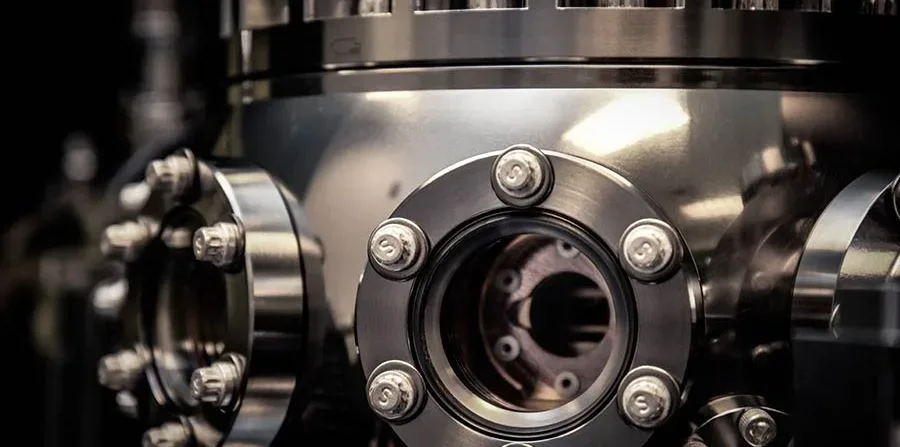Honeywell recently has demonstrated that their new holographic quantum dynamics (holoQUADS) algorithm has accurately simulated a quantum dynamics model, this simulation was completed with fewer qubits than the traditional methods. This new algorithm had used nine qubits in order to simulate 32 spins – or localized electrons. For comparison, the traditional methods required one qubit per spin.
This demonstration that was led by Eli Chertkov is very important for the future of quantum computing because simulating quantum dynamics is a feasible application for quantum computers. Although many scientists are predicting that quantum computers will need thousands of qubits in order to perform calculations for practical purposes, the holoQUADS algorithm is trying to change that.
“This algorithm enables us to run more complex simulations with far fewer qubits. This is an exciting achievement that gets us closer to quantum computers solving real-world problems that classical computers cannot.”
Tony Uttley, president of Honeywell Quantum Solutions
A technology borrowed from classical computing
Scientists since a long time ago have always questioned how atoms and subatomic particles move and interact with each other(quantum mechanics) and react when they are disturbed(quantum dynamics). This knowledge is crucial to the development of new vaccines, medicines, and the discovery of new materials that are stronger and more durable, or materials that conduct heat and electricity better than the existing ones. At the present moment, it is not possible to simulate quantum dynamics of systems that are bigger than a few atoms, and many scientists believe that this wouldn’t change. Classical computers work with data by manipulating ones and zeroes, Atoms and subatomic particles move and behave in different ways and they can have numerous states. The American physicist Richard Feynman the father of quantum computing has laid the postulates in the 1980’’s and famously said that only quantum computers could simulate quantum dynamics. But that doesn’t mean that computer scientists don’t have some tricks in their sleeves to simulate some aspects of quantum dynamics on classical computers. Scientists have developed extremely powerful algorithms such as tensor networks in order to approximate quantum states.
The holoQUADS is based on one of these tensor networks. These mathematical tools are compressing data and scientists are using them to study the quantum nature of many different materials.
Last May the Honeywell team has published a paper detailing the necessary steps to adapt these tensor networks for quantum computers and how to extend them in order to simulate dynamics. They also have published a second paper that explained how quantum tensor networks can measure the degree to which some parts of a system are entangled or entangled entropy. That is used in the studies of topological properties of materials.
This recent demonstration has shown that the quantum dynamics algorithm presented in the first paper is not only efficient but it can also return quantitatively accurate results when paired with trapped-ion hardware that is available at the moment.
Tested and approved
Honeywell has tested the new algorithm by simulating the chaotic dynamics of the kicked Ising model, which is a mathematical framework that is used to study chaos and thermalization in some strongly interacting quantum systems. The end results have mirrored the results generated by the classical computers.
This demonstration has served as an important milestone that will aid the team in the verification of performance and accuracy in the process of scaling the algorithm for quantum hardware.
“The model we simulated is a perfect test of the algorithm because it behaves in many ways like a typical chaotic quantum system, but it has a very special feature that lets us check the results classically,”
Dr. Michael Foss-Feig, a physicist who helped develop the algorithm
Foss-Feig, Chertkov, and other authors are excited by the performance of the algorithm and also by the performance of the System Model H1. We wrote about this system recently, and also we wrote about Honeywell’s milestone with the System Model H1.
“The QCCD architecture at the heart of System Model H1 enables high fidelity qubit reset and mid-circuit measurements with very low crosstalk errors. Those features, along with the long coherence times and high-fidelity gates provided by trapped-ion qubits, are enabling creative advances in the study of quantum systems, as shown by this holoQUADS demonstration.“
Justin Bohnet, one of the co-authors who led the hardware team

